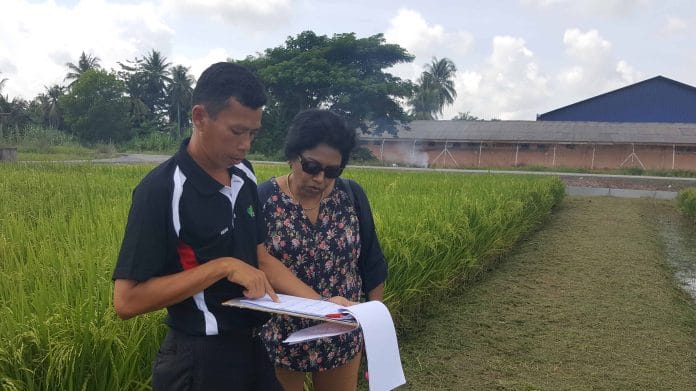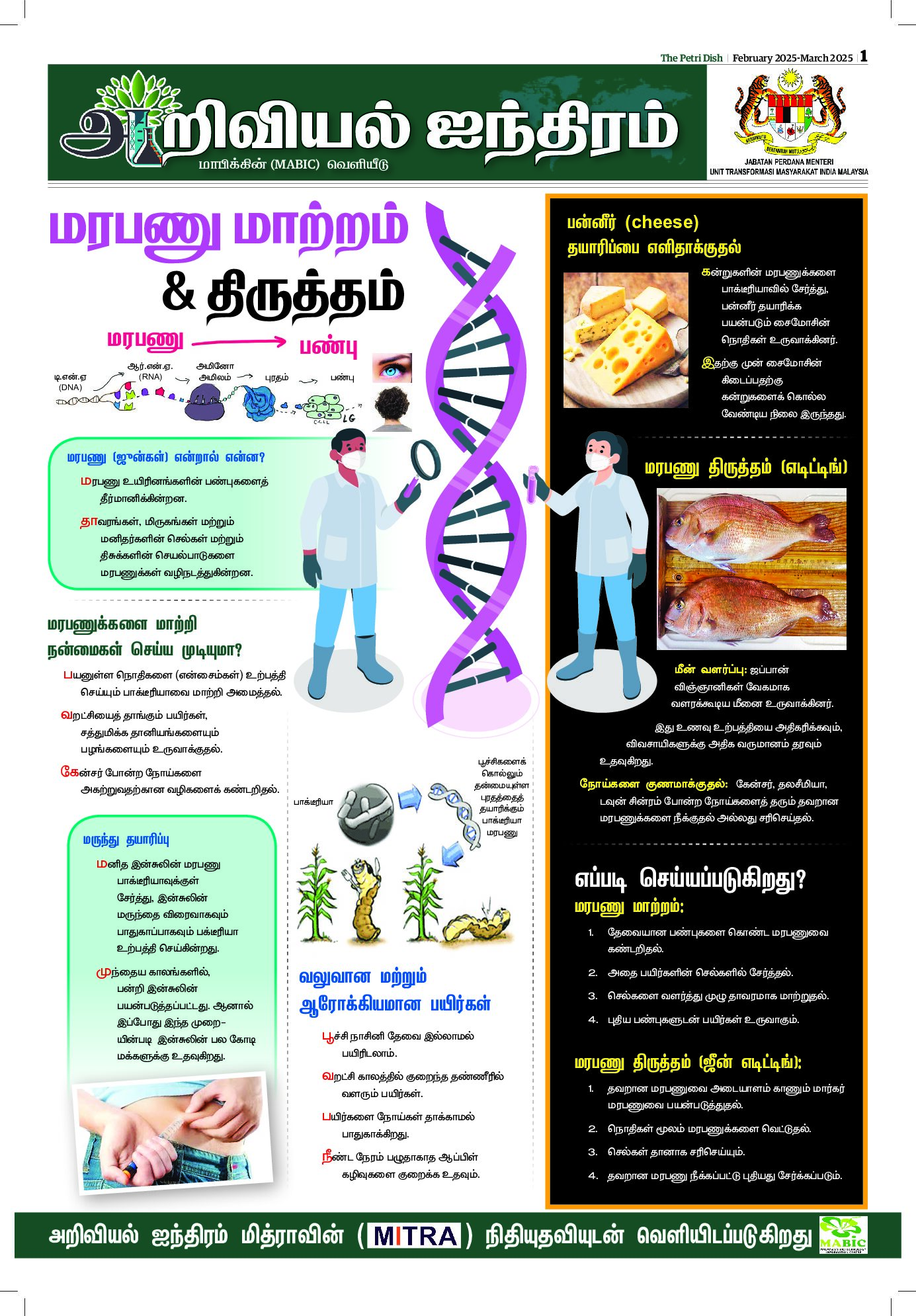
INDULGING in research and unleashing innovative ideas is the ultimate goal of any scientist. What develops in the petri dish must translate into products that can be retailed in the market for the benefit of society.
For this to be a reality, scientists need business skills and a natural mindset to move their research outcomes through collaboration with stakeholders in the commercial world.
Professor Dr Wickneswari Ratnam FASc is an exemplary scientist turned technopreneur who championed both skills – to research marketable products and roll them out to the marketplace.
Wickneswari innovated her own red rice variety, which became a health-benefiting grain for the country’s large diabetic population as it has a low glycaemic index.
Known as Primera Rice (or UKMRC9) this specially created grain is produced and marketed by her own company, Nomatech.
Primera Red Rice contains anthocyanin for heart health
Rice is a staple grain as more the half of the population in the world consumes it as a staple food. New varieties of rice constantly hit the market with different colours, shapes, and tastes but there is no final verdict on the healthiest rice as each rice comes with its own set of health attributes.
Speaking to The Petri Dish, Wickneswari pointed out the health properties of the Primera rice.
“Primera rice stands out among other rice varieties because of its low glycemic index (GI) value. The GI range for the red rice is 41 to 48 and for any food to be categorized as low GI food, its GI value must be 55 or less.”
“It is an ideal option for diabetic patients as it helps in reducing sugar spikes after meals. Low GI is an important component in food as it is slow and stable in digesting while giving satisfaction after eating a healthy portion of it.”
“This variety also naturally supplies anthocyanin, a type of antioxidant that lowers the risk of cardiovascular disease. It has a palatable taste with a slightly nutty flavor.”
Recalling her early days in the 1980s, the plant scientist kickstarted her career at the Forest Research Institute Malaysia (FRIM) specialising in forest genetics and became a senior research officer.
After sharpening her research skills in FRIM, she made a career move to Universiti Kebangsaan Malaysia (UKM) which provided the platform for her to spread her wings in research.
“During my time in UKM I was being told by a senior lecturer that the sky is your ceiling in university when it comes to research,” reminisces the scientist.
After a decade working in forest genetics, she moved to rice research in 2000.
Wickneswari and her team embarked on rice research rigorously after getting funding from the Ministry of Science, Technology and Innovation (MOSTI) under the Top Down R&D Grant in Biotechnology,2001.
“How to break the yield ceiling of rice?” This was something that had puzzled her at first.
Initially, when the plant scientist and her team moved into rice research, they were determined to produce a rice variety that could increase the yield and be disease-resistant.
“The red rice was a surprise discovery,” said the plant scientist. Its property with low glycaemic index and as suitable for diabetics was noted during an evaluation.
She said the new red rice variety was achieved through the backcross breeding method. It was controlled cross-breeding between cultivar MR219 and the wild rice Oryza rufipogon which involved the transfer of genes of the wild type to the megavariety produced by MARDI.
Wickneswari cited another research carried out by Cornell University, USA in collaboration with Chinese and Indonesian scientists that worked with a similar backcross breeding approach but red rice was not reported.
From that point forward, the research was focused on the red rice variety because of its health properties which can benefit Malaysians as rice is the staple food.
Professor Dr Tilkavati Karupaiah, a nutritional and diabetics expert from Taylors University was roped into this project to lead a clinical study of red rice on diabetic patients to be concluded in August 2023.
The road from innovation to commercialisation including regulatory approvals and certifications took more than a decade for the scientist to make her dream come true. The red rice variety was launched in the market in 2017 and is now available in more than 1200 stores nationwide.
In 2020, Nomatech received a National Technology and Innovation Sandbox (NTIS) grant to expand the area of cultivation and introduce new packaging sizes for the retail market and bulk purchases. They built a facility that allows researchers, innovators, startups, and high-tech entrepreneurs to test their products, services, business models, and delivery mechanisms in a live environment.

Wickneswari admits that turning into a technopreneur is very challenging as business and cashflow management skills are very important but she is lucky to have a family to support her financially at the beginning of the business and now she has investors to expand it.
“By nature, I do not give up in any of my ventures and strive for it till the end,” concludes the scientist.









